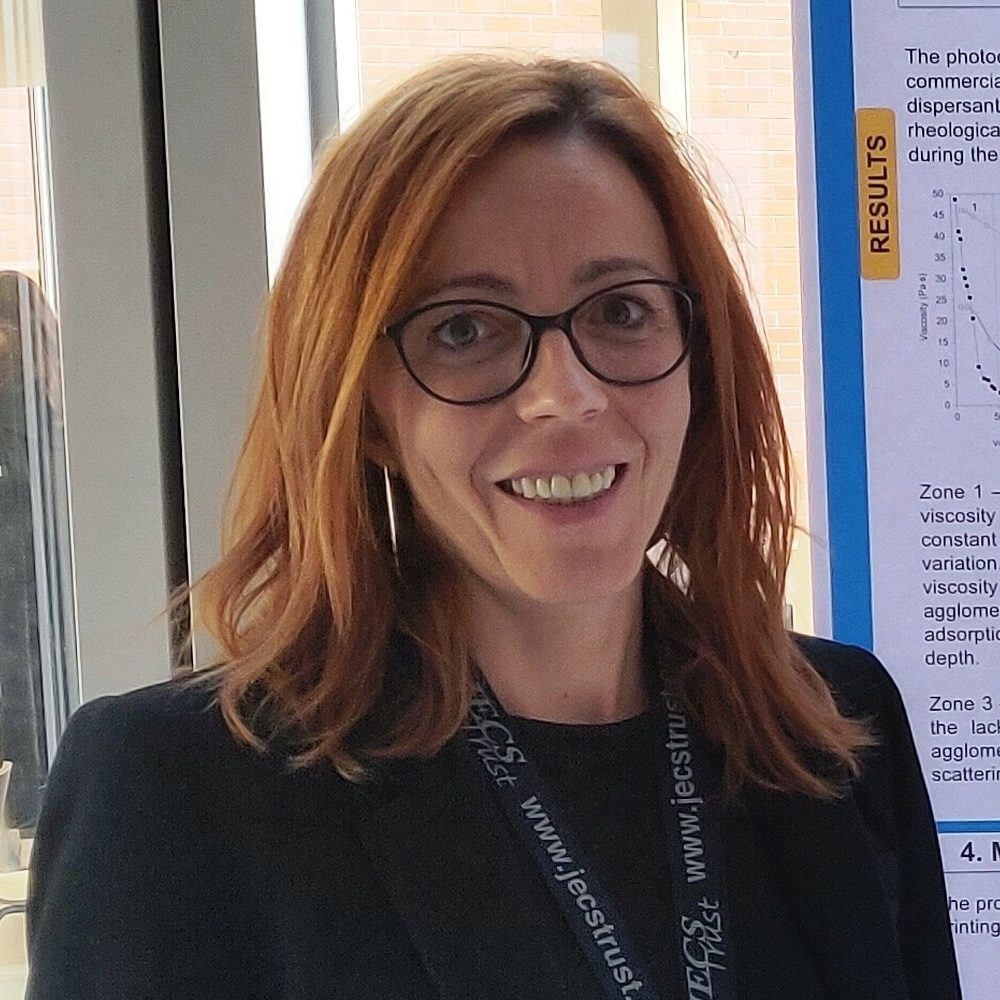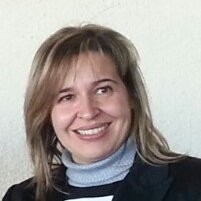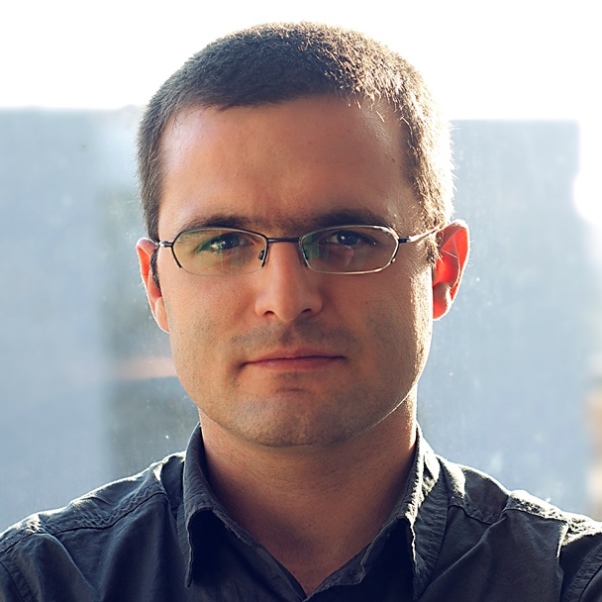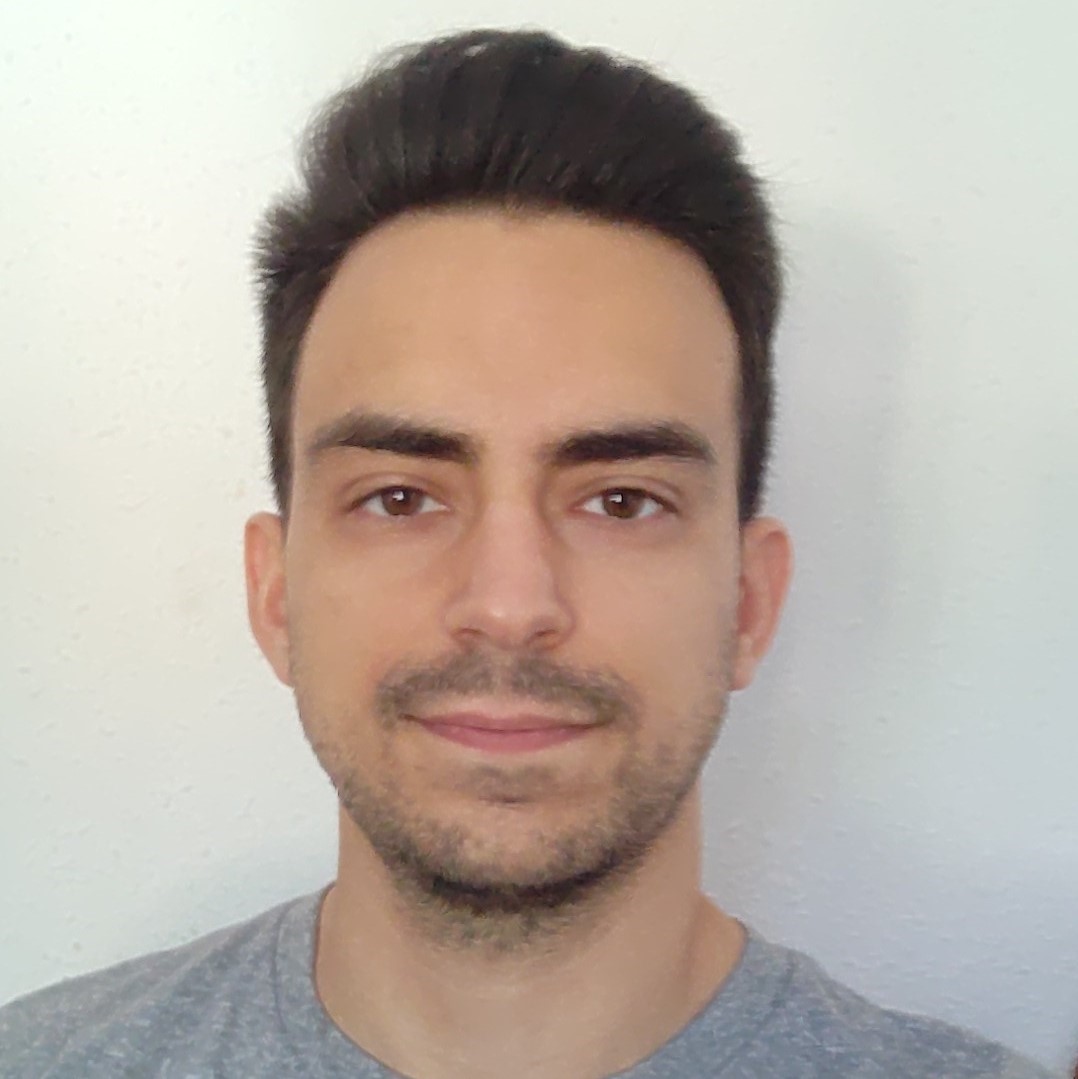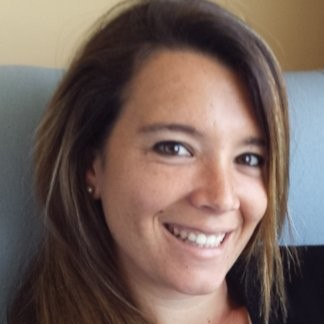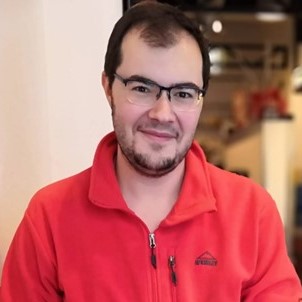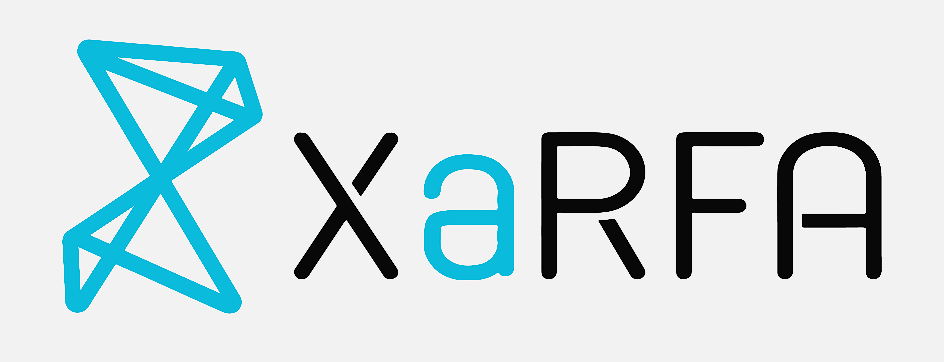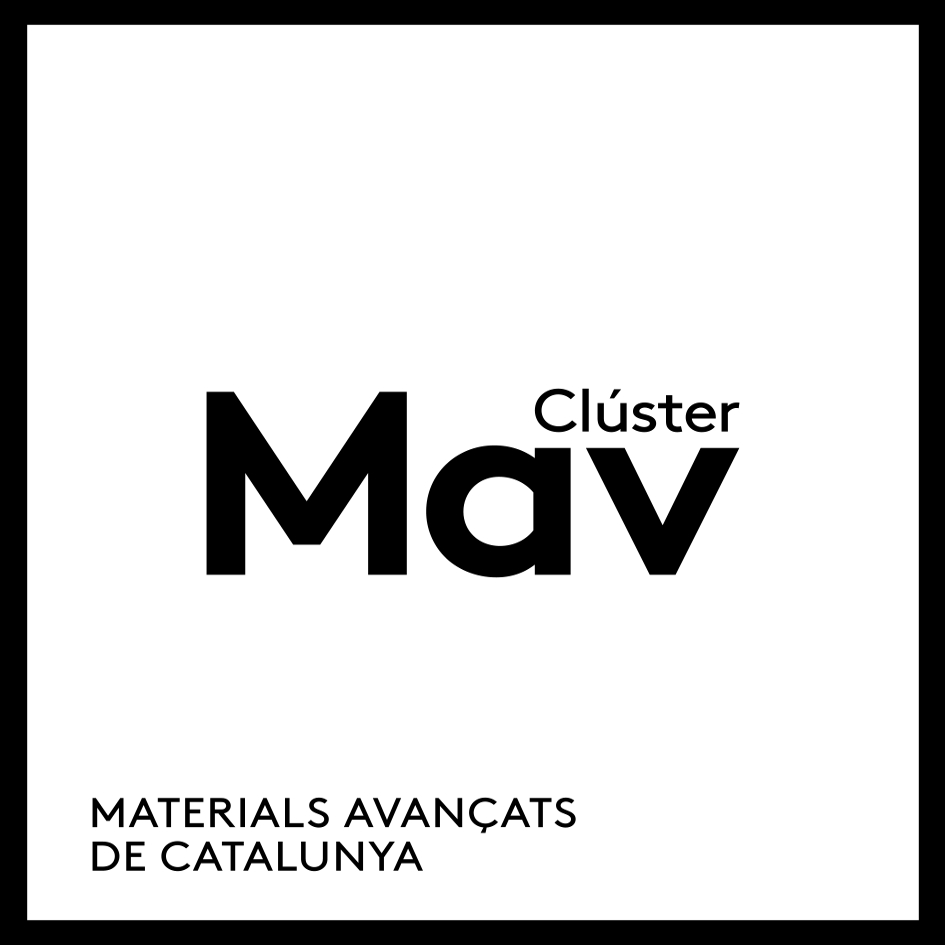Advanced manufacturing and 3D printing
Additive Manufacturing (AM) is one of the most promising research areas in manufacturing three-dimensional objects. AM comprises a broad range of techniques to build three-dimensional (3D) objects layer-by-layer, allowing the design and manufacture of highly complex shapes with few geometric limitations compared to traditional manufacturing processes. Although 3D printers have been extensively used to print polymeric and metallic parts, new AM technologies have emerged, enabling the production of complex and fully customisable parts made of functional or structural materials such as ceramic or composites.
Different AM technologies and materials depend on the requirements of the final components: powder bed-based, extrusion deposition, vat photopolymerisation or binder jetting, for example. Among these technologies, the most developed for the general public are extrusion-based systems and vat photopolymerization-based technologies. Its main advantage over the others is its low price and ease of use.
DIOPMA works with three different AM technologies. These technologies are robocasting or direct ink writing (DIW), stereolithography-based additive manufacturing (SLA), and fused deposition modelling (FDM).
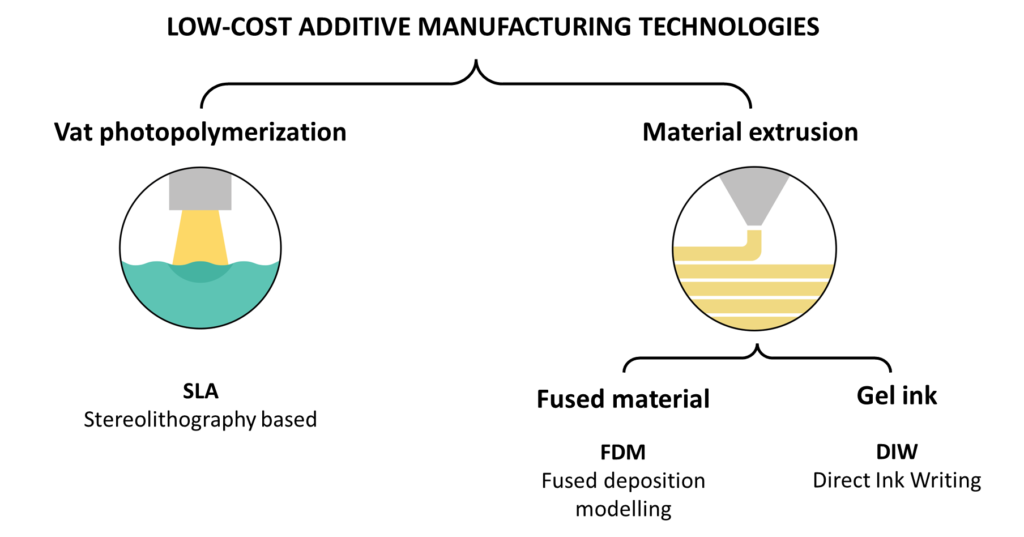
Why Additive Manufacturing?
- Faster and cheaper production: Additive manufacturing can reduce production times by up to 90%. This makes it possible to intensify the pace of production and reduce the cost per piece. The materials used to print the piece are also inexpensive.
- Small scale and custom productions: The historical relationship between production volume and cost is not fulfilled in additive manufacturing. With 3D printing, producing custom parts in low-volume runs becomes a profitable and viable option.
- Reduction of logistics costs: The possibility of manufacturing parts through digital procedures directly impacts a drastic reduction of storage and logistics costs. We can have a virtual stock and manufacture “on the spot” that part we lack.
- Energy savings: Using additive manufacturing in production lines is, among other things, an excellent alternative to reduce the energy consumption of industries. Digitally manufactured parts weigh much less, meaning the machines need less energy.
- More sustainable manufacturing: Using additive manufacturing reduces energy consumption and transport costs (the raw material takes up less space and is transported more simply. Also, local production is cheaper and avoids the subcontracting of productions in others). It all manages to reduce pollutant emissions derived from production processes significantly. On the other hand, it is necessary to mention some additive manufacturing technologies, such as SLS or MJF, which allow the recycling of a significant part of the material used during the printing process Additive manufacturing achieves a cleaner and more respected production with the environment.

Our Research in AM
Direct Ink Writing (DIW) or Robocasting
DIW technology creates a three-dimensional object from the extrusion of a paste in the form of lines that are superimposed to create the different layers. The material that is extruded commonly presents a viscous behaviour at room temperature. The material must present very specific rheological characteristics to create a three-dimensional object. The material should flow through the nozzle but should remain non-flowing once deposited. The technology is usually used for printing hydrogels, as well as for printing ceramic or metal pastes.
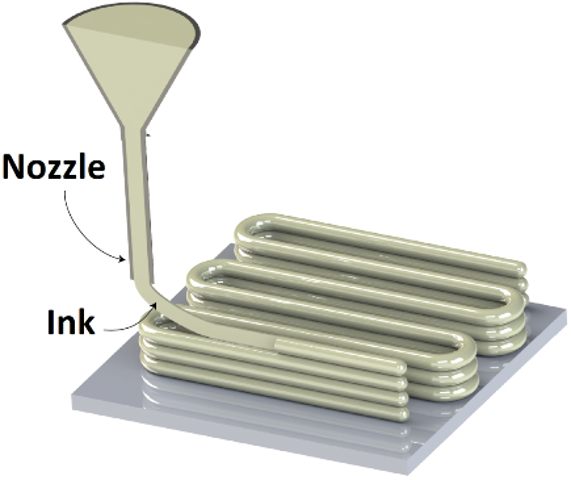
At DIOPMA, there are several lines of research in this technology focused on the formulation of solid-charged pastes for obtaining ceramics and metal pieces. The possibility of having several heads enables the manufacture of multi-material parts, for which the compatibility of the materials developed is sought. At DIOPMA, we are specialists in formulating these pastes and their rheological characterization.
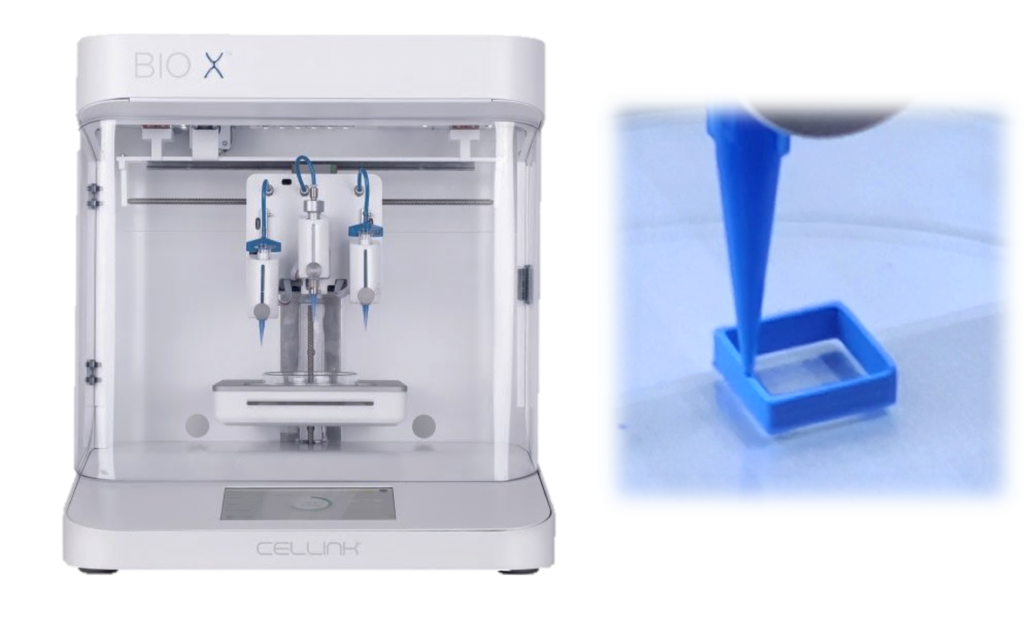
Recently, hydrogels without solid charge have also been developed to obtain ceramic compounds from pre-ceramic compounds.
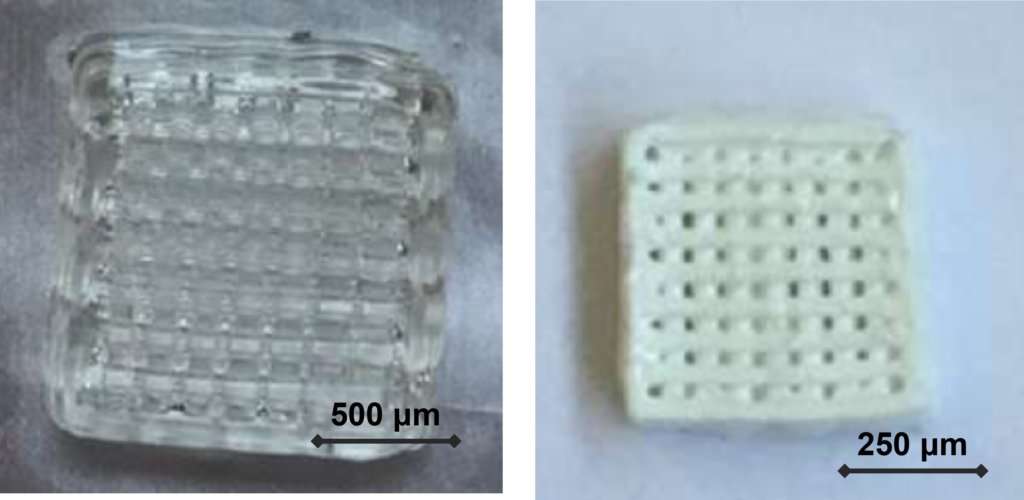
Stereolithography-based 3D printing (SLA)
Technologies based on stereolithography create three-dimensional objects from the radiation curing of a photosensitive polymeric material. The material is locally irradiated layer by layer, generating the final object. Despite being a technology specially designed for photosensitive polymers, if the polymeric material is mixed with solids in suspension, this technology can be used to obtain ceramic and metal parts and parts made of composite materials. At DIOPMA we have different machines based on stereolithography that use different types of light and different masking systems.
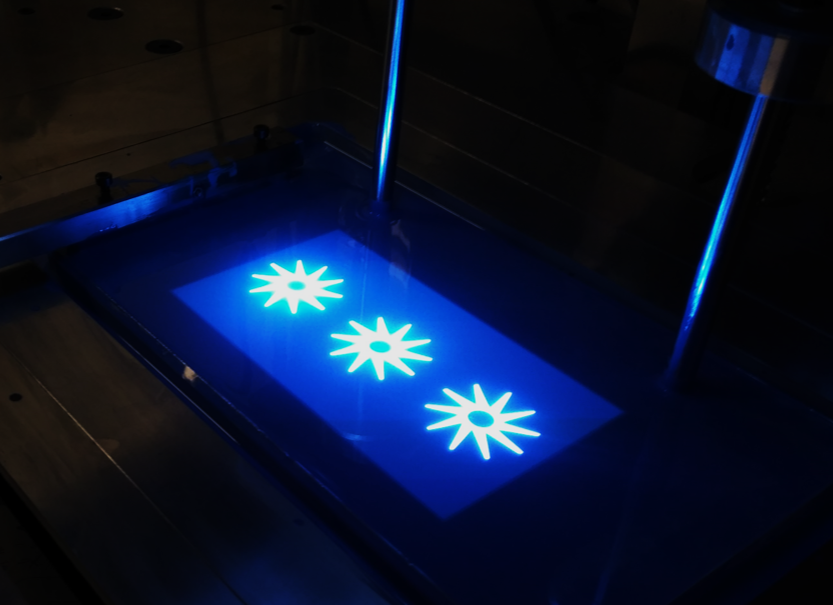
Our research is focused on obtaining highly concentrated ceramic suspensions to obtain final ceramic pieces and low-concentrated suspensions to obtain reinforced composite materials. The printed pieces to obtain ceramics will require thermal post-processing to eliminate the organic phase and sinter the ceramic powder. The design of these postprocessors is a key parameter.
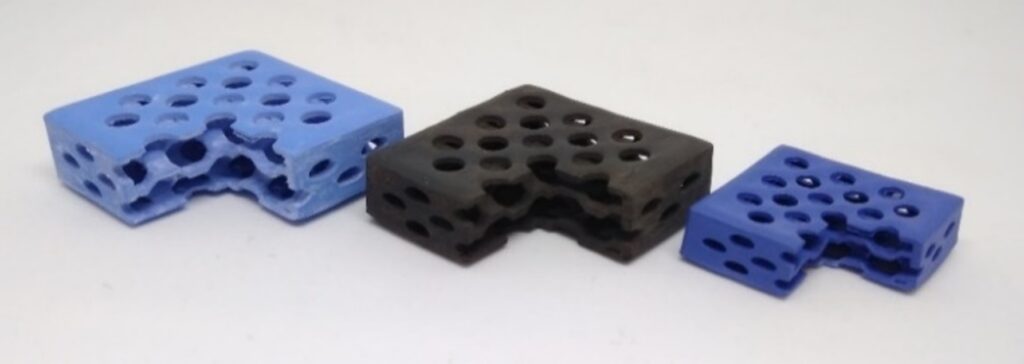
DIOPMA has considerable experience in the formulation of stable and homogeneous suspensions for stereolithography, as well as the necessary equipment for it. It also has all the equipment for the design of the heat treatments necessary for the processing of materials.
Fused deposition modelling (FDM)
FDM is the 3D printing technology best known by the general public. This works with the extrusion of a polymer filament in a fused state that, once deposited, solidifies while maintaining its shape. As in the DIW technology, the three-dimensional object appears line by line and layer by layer.
DIOPMA has lines of research oriented towards the formulation of polymeric matrix composite materials with reinforcing fibres. We have all the necessary equipment for the mixture of components, manufacturing the filament with reinforcements and printing the developed material. DIOPMA also has all the necessary equipment for its complete characterization.

Networks
DIOPMA Centre is a Reference Network of Additive Manufacturing in Catalonia (XaRFA) member. This network was established to create up to 12 technology-based companies and facilitate the transfer of 3D printing technologies to society. The XaRFA network comprises 26 research groups from 14 Catalan entities.
DIOPMA is also part of the Materials Avançats de Catalunya Cluster. The MAV Cluster is the reference cluster in advanced materials and its technologies. It is a non-profit, dynamic and open association with the mission of improving the competitiveness of companies and entities in the value chain of the advanced materials sector, thus contributing to the consolidation of the industry as a whole.
Recent projects
- 4- DEEP BRAIN RECONSTRUCTION
- BASE3D
- NET3D+: Nuevas tecnologías para la impresión 3D de materiales avanzados
Recent Publications
- Optimization of the ceramic ink used in Direct Ink Writing through rheological properties characterization of zirconia-based ceramic materials
- Analysis of the compression behaviour of reinforced photocurable materials used in additive manufacturing processes based on a mask image projection system
- Study of mixing process of low temperature co-fired ceramics photocurable suspension for digital light processing stereolithography
PhD dissertations
- Desenvolupament de nous materials basats en alúmina per a fabricació additiva mitjançant estereolitografia
- Development and optimization of a Low Temperature Co-fired Ceramic suspension for Mask-Image-Projection-based Stereolithography
Additive Manufacturing Research Team

